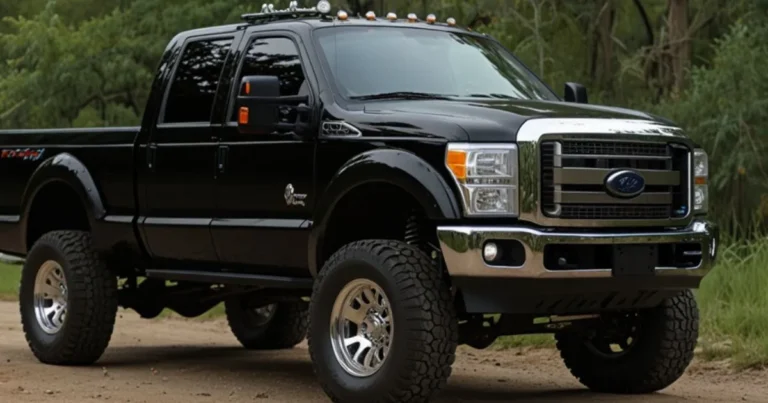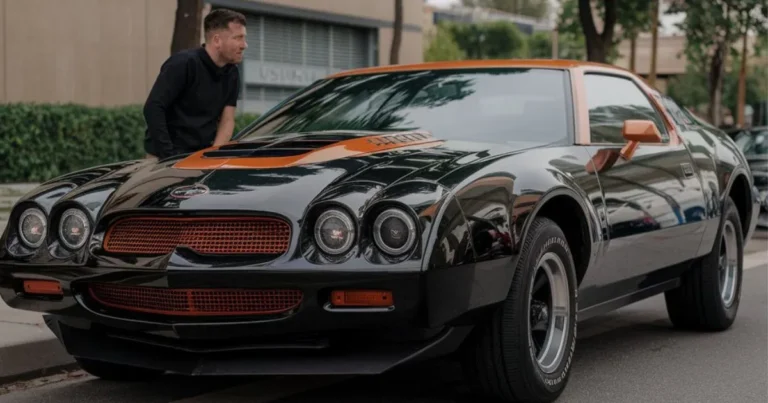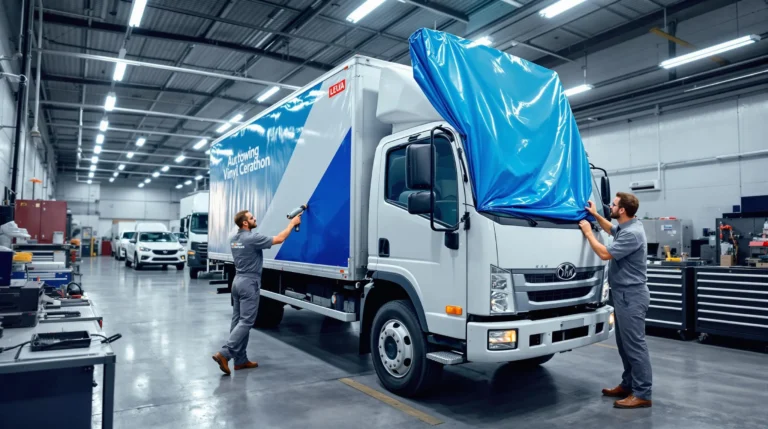Who Owns Kia? 5 Surprising Facts About The Korean Automaker
Discover the captivating journey of Kia Motors—from its origins to global expansion—and find out who truly owns Kia today.
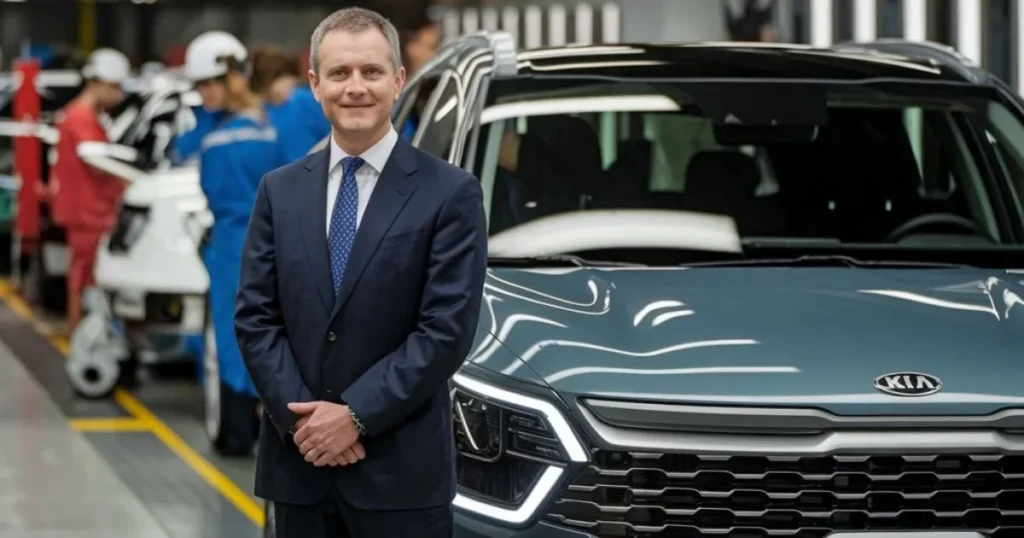
Introduction
If you’ve ever found yourself wondering who owns Kia, you’re certainly not alone. Kia Motors has become a significant player in the global automotive industry, but its ownership and origins remain a mystery to many. Understanding who makes Kia cars, where Kia is made, and the history behind this iconic brand provides fascinating insights into its rise to prominence.
Section 1: The Origins of Kia—A South Korean Legacy
Kia’s Humble Beginnings
The story of Kia begins in 1944 in Seoul, South Korea. Originally established as Kyungsung Precision Industry, the company focused on manufacturing steel tubing and bicycle parts. So, where is Kia from? It hails from South Korea, a nation that has seen tremendous industrial growth in the past century.
- 1944: Kyungsung Precision Industry is founded.
- 1952: The company adopts the name Kia Industries, with “Kia” meaning “to arise from Asia” in Sino-Korean characters.
- 1957: Kia starts producing motorcycles under Honda license.
- 1962: Begins building trucks under Mazda license.
- 1974: Launches its first passenger car, the Kia Brisa.
The founder of Kia Motors aimed to transform the company from a modest manufacturer into a leader in the automotive industry. This vision set the stage for Kia’s future endeavors in car production.
Early Production and Expansion
Kia’s early years focused on contributing to South Korea’s industrialization by:
- Producing light trucks to aid in rebuilding post-war infrastructure.
- Manufacturing motorcycles and bicycles to improve mobility.
- Establishing assembly plants to increase production capacity.
By the 1970s, Kia was well on its way to becoming a significant automobile manufacturer in Asia.

The Impact of the Asian Financial Crisis
The late 1990s brought significant challenges. The Asian financial crisis severely impacted many companies, and Kia was no exception.
- 1997: Kia declares bankruptcy due to mounting debts and decreased sales.
- 1998: Hyundai Motor Company steps in to acquire a 51% stake in Kia.
This acquisition marked a turning point in Kia Motors history. The collaboration with Hyundai allowed Kia to stabilize financially and expand its global reach.
Who Owns Kia Motors Corporation Now?
Today, Kia is a subsidiary of the Hyundai Motor Group, which is the parent company of both Hyundai and Kia. So, who owns Kia Motor Company? It’s predominantly owned by Hyundai, but Kia operates as a separate entity with its own branding and vehicle lineup.
- Hyundai Motor Group: Owns approximately one-third of Kia’s shares.
- Independent Operations: Despite ownership, Kia maintains independent design, marketing, and engineering teams.
This structure allows Kia to retain its unique identity while benefiting from shared technology and resources.
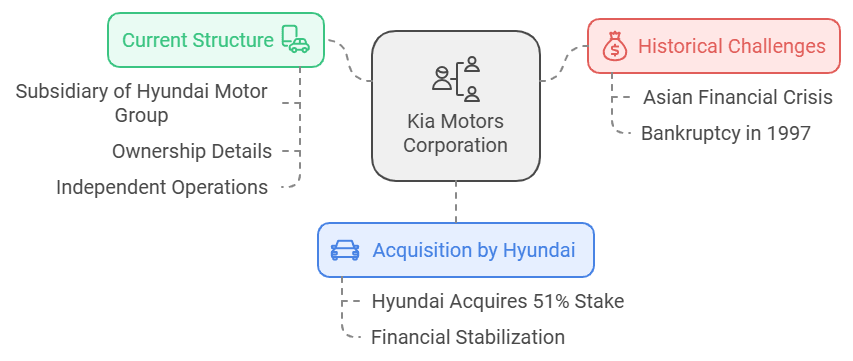
Section 3: Global Manufacturing—Where Is Kia Produced?
Expanding Production Facilities
Kia has evolved into a global brand with manufacturing plants across the world. Understanding where Kia is manufactured highlights the company’s commitment to serving regional markets efficiently.
- South Korea: Home to Kia’s largest manufacturing plants, including the Hwaseong Plant and Gwangju Plant.
- United States: The Kia Motors Manufacturing Georgia facility produces models like the Kia Telluride and Kia Sorento.
- Europe: The Žilina Plant in Slovakia manufactures the Kia Ceed and Sportage, catering to European customers.
- Asia: Plants in China, India, and Vietnam serve the growing Asian markets.
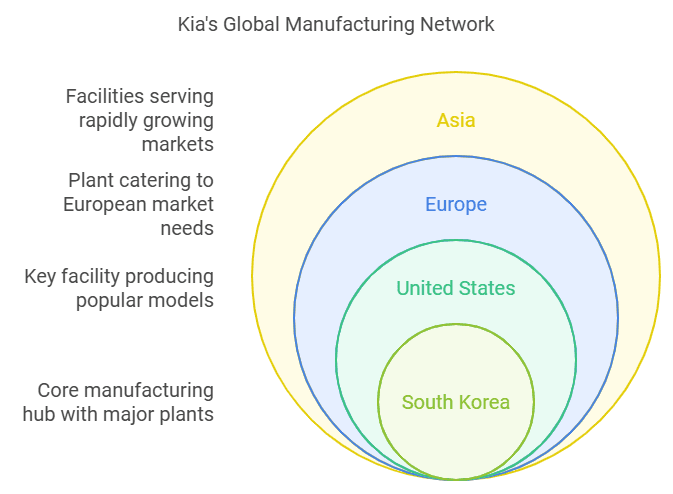
So, where are Kia cars made? From South Korean facilities to plants worldwide, Kia’s production network is extensive.
Is Kia American Made?
While Kia is a South Korean company, certain models are manufactured in the United States. For example:
- Kia Telluride: Produced in Georgia, USA.
- Kia Sorento: Also assembled at the Georgia plant.
- Kia Optima (now K5): Previously manufactured in the U.S.
This means that while Kia is not an American car by origin, some of its vehicles are indeed American made to meet local demand.
Section 4: The Synergy Between Kia and Hyundai
Who Makes Kia Vehicles?
With Hyundai’s significant stake, there’s often confusion about who makes Kia vehicles. While Kia operates independently, there’s considerable collaboration between the two brands.
- Shared Platforms: Many Kia and Hyundai models share the same platforms and components.
- Distinct Designs: Despite similarities, Kia focuses on a sportier, youth-oriented design language.
- Joint R&D: The two companies invest heavily in joint research and development, especially in electric and autonomous vehicles.
This synergy allows both brands to innovate while reducing costs, benefiting consumers with advanced technology at competitive prices.
Where Are Kia and Hyundai Made?
Both brands have manufacturing facilities in:
- South Korea: Primary production hub for both companies.
- United States: Hyundai operates a plant in Alabama, while Kia’s is in Georgia.
- Europe and Asia: Numerous plants cater to regional markets.
Understanding where Kia Motors is from and its relationship with Hyundai provides clarity on the brand’s global strategy.
Section 5: Kia’s Modern-Day Success and Future Outlook
Kia’s Innovative Models
Kia’s recent models showcase the company’s commitment to quality and innovation.
- Kia Sportage: A compact SUV popular for its design and features.
- Kia Soul Hamster: The Kia Soul gained fame through the quirky “hamster” advertising campaign, appealing to a younger audience.
- Kia Rio Hatchback: A subcompact car known for its efficiency and affordability.
- Kia Telluride: An award-winning SUV praised for its luxury and performance.
These models have solidified Kia’s reputation in various segments.
Technological Advancements and Sustainability
Kia is at the forefront of embracing new technologies:
- Electric Vehicles (EVs): Introduction of models like the Kia Niro EV.
- Hybrid Technology: Offering hybrid versions of standard models.
- Eco-Friendly Initiatives: Commitment to reducing carbon footprints in manufacturing.
For eco-conscious drivers, Kia’s focus on sustainability is an attractive feature.
Kia’s Position in the Global Market
- Rankings: Kia consistently ranks high in reliability and customer satisfaction surveys.
- Awards: Received numerous accolades, including the World Car of the Year for the Kia Telluride in 2020.
- Expansion: Continues to penetrate emerging markets and expand its global footprint.

Conclusion
So, who owns Kia? While Kia originated as a modest South Korean company, it has grown into a global automotive leader under the umbrella of the Hyundai Motor Group. Understanding who makes Kia cars and where Kia is made provides valuable insights into the brand’s strategy and success.
Whether you’re considering purchasing a Kia or simply intrigued by automotive history, knowing the Kia company history enriches your appreciation for this dynamic brand.
Call to Action
Interested in exploring more about car brands and making informed decisions? Check out our comprehensive guide on the Safest Car Brands to ensure you choose a vehicle that prioritizes your safety. If you’re considering eco-friendly options, learn about the First Electric Car and its impact on today’s EV market.
For students looking for affordable transportation, our article on Student Car Rental offers valuable tips on getting around without breaking the bank.
By understanding Kia’s journey—from its inception in South Korea to its current global presence—you gain a deeper appreciation for the brand. Whether you’re a car enthusiast or a potential buyer, knowing who owns Kia Motors Corporation and the Kia Motors history empowers you to make informed decisions.
Let me know if you would like any adjustments or further refinements to this article!
There are no reviews yet. Be the first one to write one.





